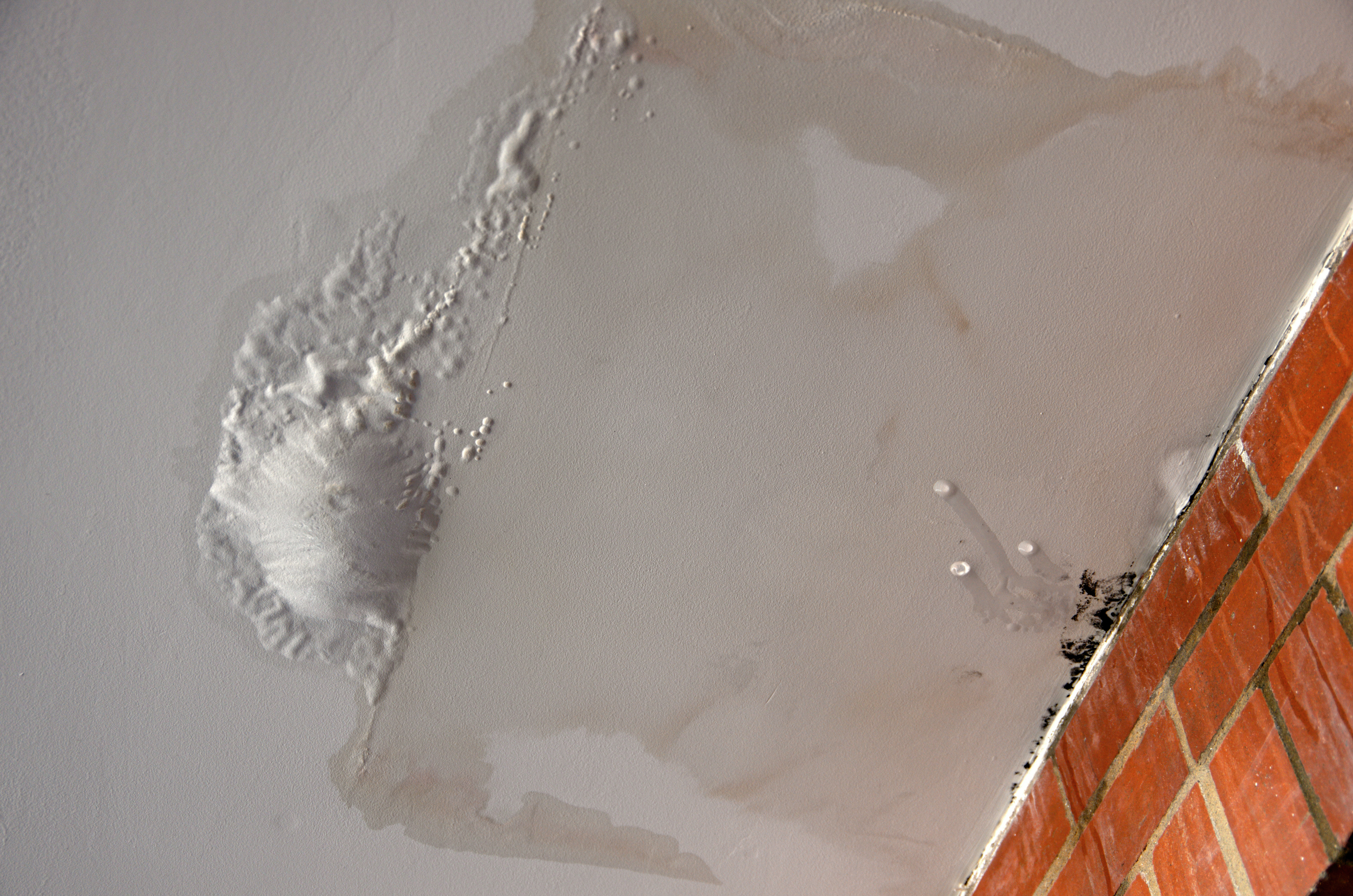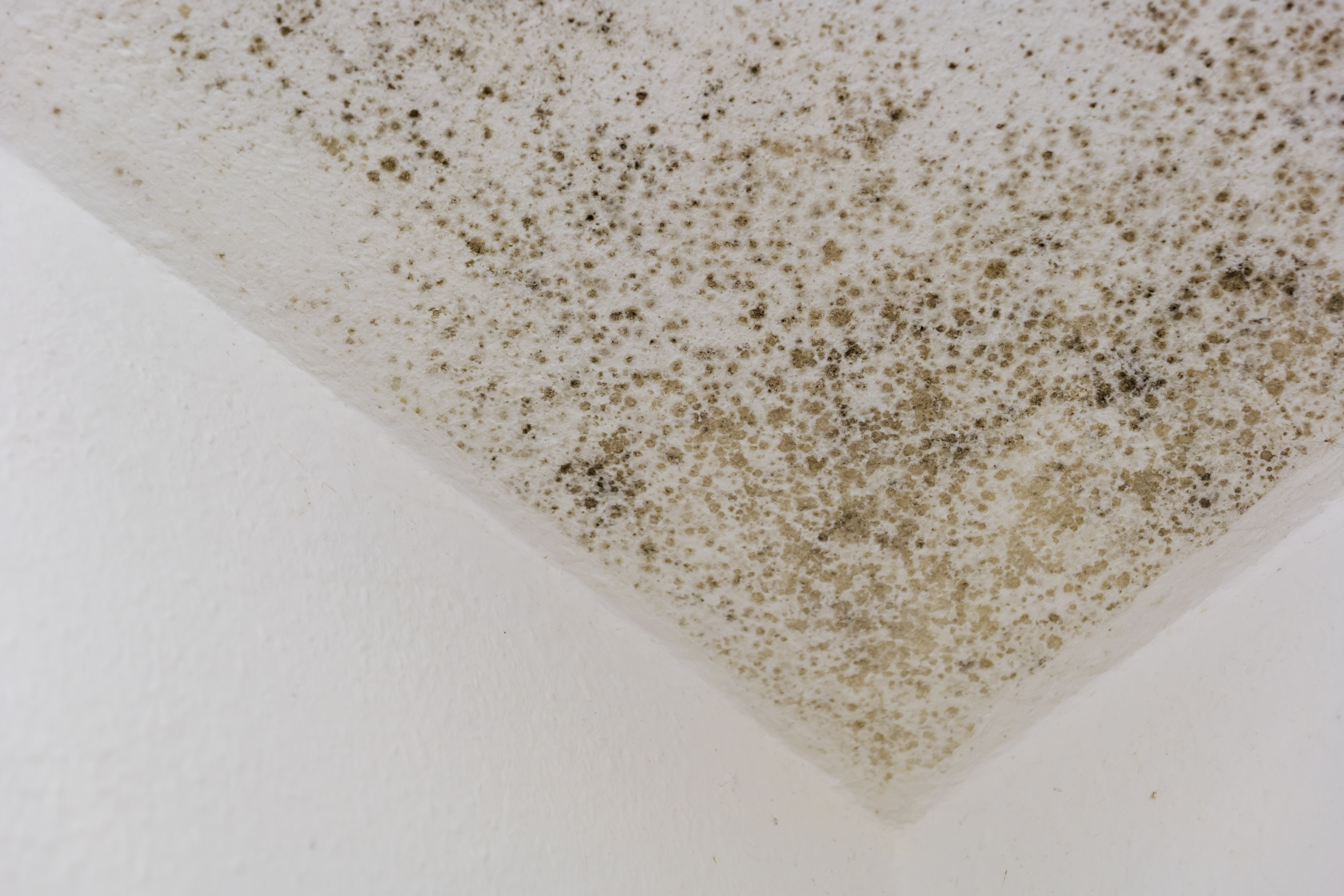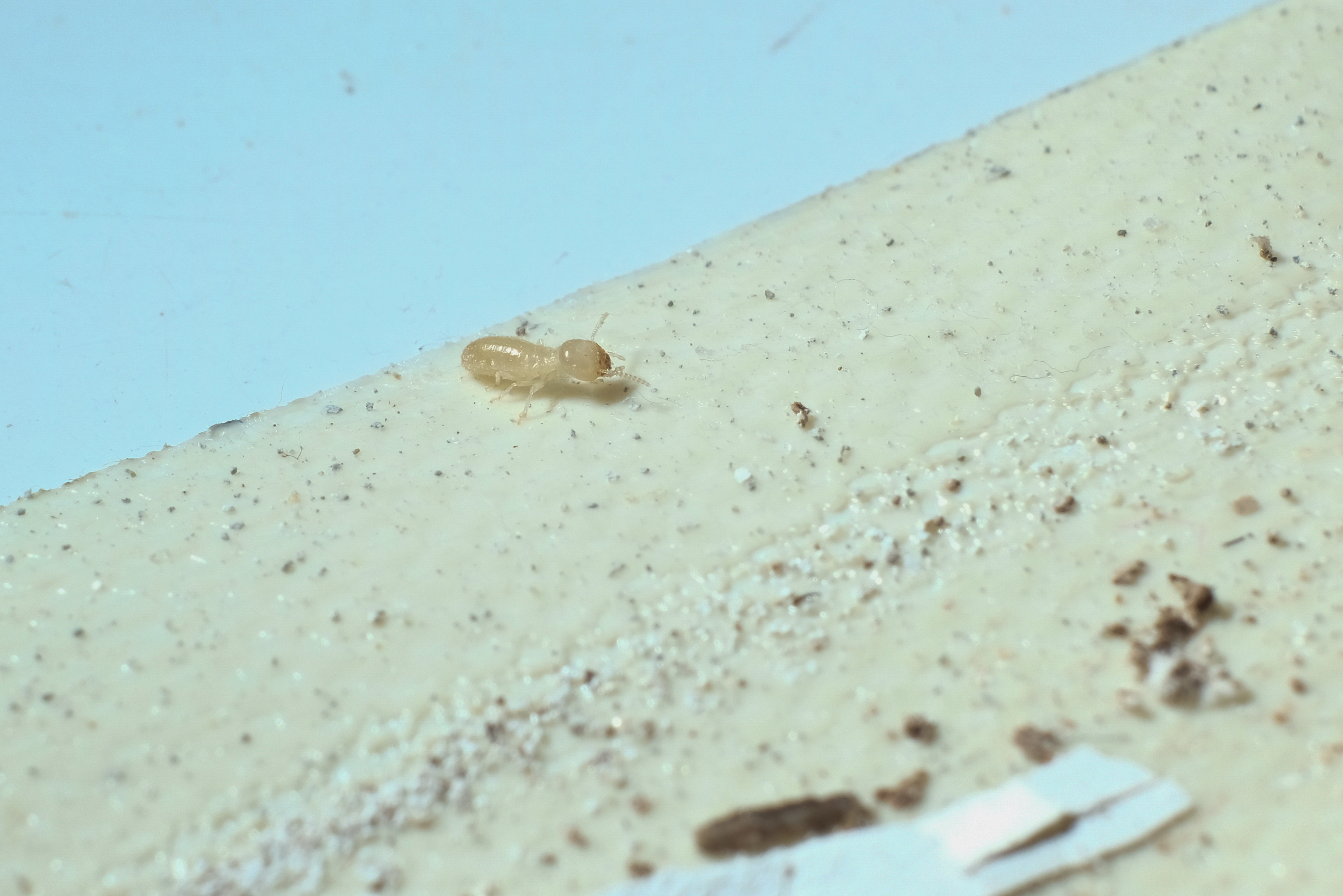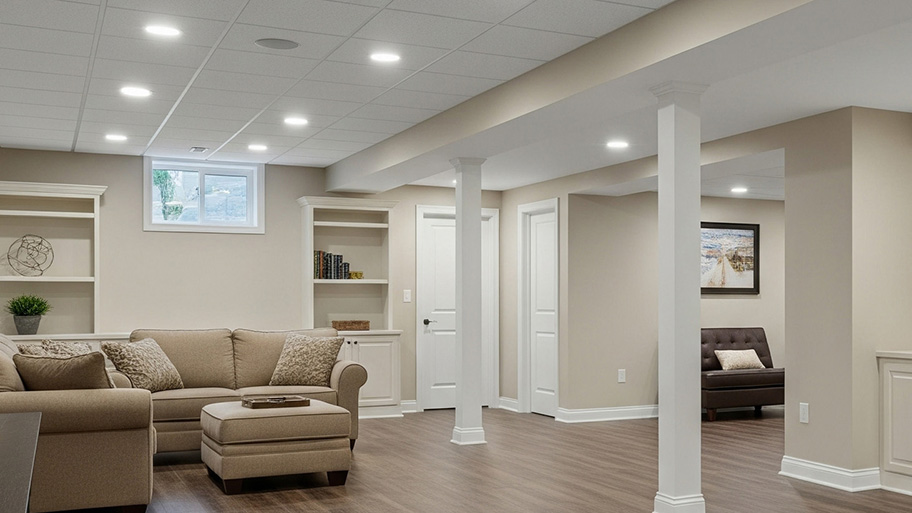
Popcorn ceiling removal costs depend on the size of your ceiling and any additional services like asbestos removal and resurfacing. Learn all the costs here.
Here’s how to fix a sagging ceiling


Structural movement, water and damage, a lack of support, aging, and wood-eating termites are some of the most common reasons for a sagging ceiling.
Roof leak repair with water damage treatment costs $1,000 to $3,000.
Single-time termite and white ant treatment costs around $570 on average, whereas long-term treatments cost $1,200 to $1,800 per year.
General ceiling repair costs $438 to $1,720.
Nobody likes a sagging ceiling, because it could easily lead to devastating endings like a full ceiling collapse. That’s why it’s so important to know what causes your ceiling to sag, so you can address the root problem before it turns into a full-on catastrophe. Here are 8 reasons behind ceiling sagging and what you should do to fix the problem.
Structural movement in the building can cause ceilings to sag, and these movements are often inevitable as temperatures fluctuate or the building’s foundation sinks due to natural soil movement. Sagging caused by building movement starts with a specific type of ceiling crack between the wall and the ceiling. It looks like spiderwebs and often shows discoloration at the same time. If unaddressed, the cracked area will gradually sag.
Have a professional inspect your home immediately to address any weak spots in the building as soon as possible to counter the movements. There is not much you can do yourself to address structural movement. The longer you wait, the worse the issues will get until your ceiling collapses.

Water weakens plaster and causes a sagging ceiling. This is often a result of a leak on your roof, but it can also sometimes be caused by poorly insulated HVAC vents. Water damage first leads to brown-stains and condensation on your ceiling. You may even notice water dripping off the sagging area during later stages.
The only way to fix a water-damaged ceiling is to address the leakage itself. Otherwise, whatever you do is only a band-aid and will not stop the ceilings from sagging and breaking. Hire a roofing contractor to inspect and repair the leak on your roof. Most of them also offer water damage restoration. Roof repairs with water damage treatment costs from $1,000 to $3,000.

Roof leaks, leaking pipes, and inadequate ventilation can cause moisture to accumulate, creating an ideal environment for mold and mildew to thrive. Mold and mildew slowly compromise the structural integrity of your support beams behind the ceilings and the ceiling material itself. You may notice dark spots growing through the ceiling paint before sagging forms.
Since mold and mildew also pose significant health concerns, it is advisable to hire a mold restoration company to handle the treatment. Mold remediation costs range from barely over $1,000 to $30,000 plus, depending on severity. Therefore, it’s best to address mold on your ceilings sooner rather than later. Sometimes you may need to hire a ceiling repair contractor separately after the treatment is complete.
Is your first-floor or basement ceiling sagging? You might have piled too much weight in the room above. Floors and beams have a maximum weight capacity, and going over that limit can damage your home’s support system. This type of sagging shows straight cracks along beams or walls first.
You can either reduce the weight of furnishings and objects in the room above or add additional support posts in the room with the sagging ceiling. If adding support, hire a professional to handle the job since they’d know where, how, and what type of structure to install.
Garage ceilings may sag due to vibrations from garage doors. Automatic garage doors and manual doors both cause sharp, repetitive vibrations throughout the structure, which are transferred through your ceiling. This can lead to your garage ceiling cracking and sagging. This type of sagging also happens more often in detached garages.
Regularly inspect your ceiling for cracks and sagging so you can address the issue promptly. Other than reducing the frequency of opening and closing the garage doors, there isn’t much you can do to stop the roller door vibration.
Aging is another inevitable cause of ceiling cracks. After all, every type of material has a life expectancy. As the building grows old, the adhesives and fixatives holding your home together weaken. Similar to structural movements, aging will also cause spider cracks on the ceilings before they sag.
Hire an inspector for an overall structural inspection, especially if you live in a historic home. Most aging-related sagging is fixable, but you’ll want to make sure that your home isn’t nearing the end of its life. Because then you might need to start planning for a transition.

Wood-eating pests like termites or white ants can also cause sagging ceilings as they devour the wooden beams and frames in your home. Having lost its support, the ceiling in the affected area will sag until it completely collapses.
Call pest control immediately if you witness termite or white ant activity. These pests can cause severe damage in a short period of time. One-off treatment for termites and white ants costs around $570. With regular maintenance, you can expect to pay $1,200 to $1,800 for the whole year.
You might need to hire different contractors to fix sagging ceilings depending on the cause. Some contractors to hire include home inspectors, roofing professionals, water damage restoration companies, and mold remediation companies.
Once the root cause is addressed, you need to hire a ceiling repair contractor to restore the ceiling to its beautiful, original condition. Repairs should cost between $438 and $1,720, depending on how much of the ceiling needs to be restored.
Regular inspection and maintenance are key to preventing sagging ceilings. Inspect your roof at least once a year for any leaks and ensure you have a trusted, ongoing pest control service provider. Look for ceiling cracks along the walls and beams and have them inspected immediately to prevent sagging from forming.
From average costs to expert advice, get all the answers you need to get your job done.

Popcorn ceiling removal costs depend on the size of your ceiling and any additional services like asbestos removal and resurfacing. Learn all the costs here.

Venetian plaster can add depth and texture to your aesthetic. Learn how much Venetian plaster costs based on factors like square footage and whether you hire a pro to help.

Drop ceilings are an affordable way to finish your room while maintaining access to utilities. Use this drop ceiling cost guide to estimate your project total.

The different types of plaster each has its own advantages and disadvantages. Use this guide to help you choose the best type of plaster for your project.

Wondering who you should hire to remove an ugly popcorn ceiling? We’ve got you covered with the best pros for the job, and whether to DIY this project.

Plaster ceiling repair isn’t the most difficult DIY home repair, but supplies and tools can get pricey. Read on to learn how to repair a plaster ceiling.